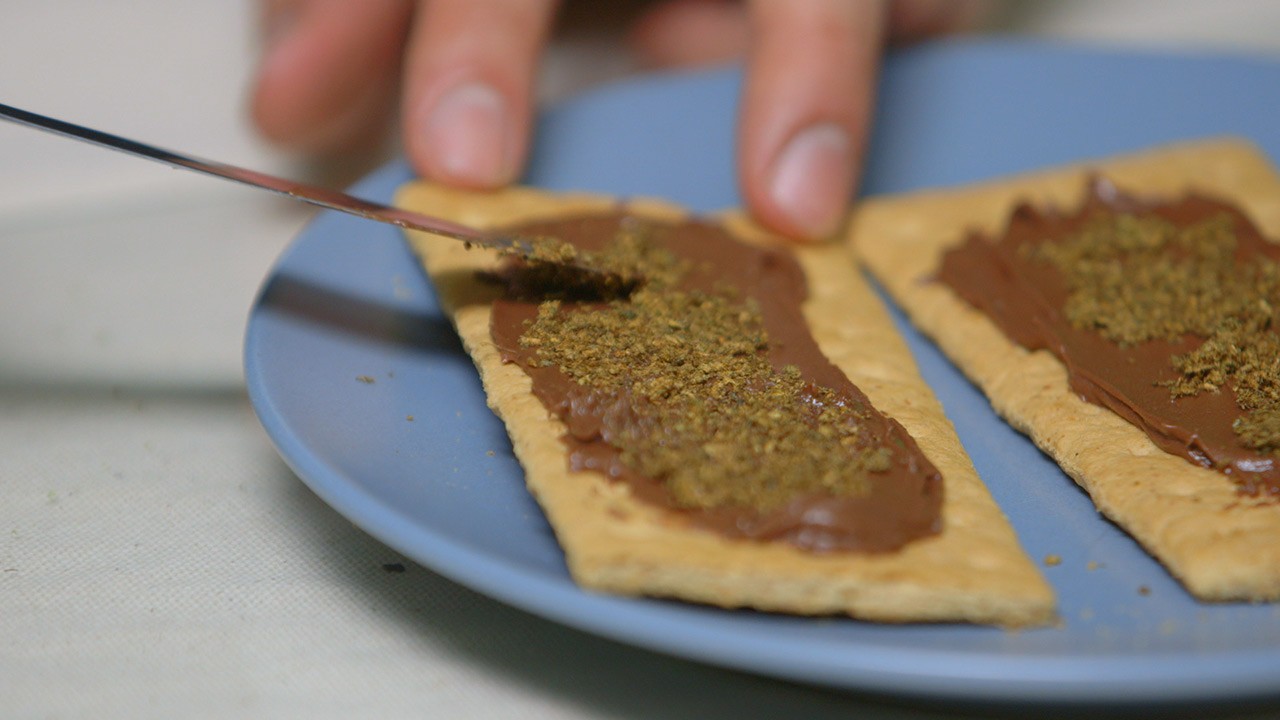Marcos Roel’s shoe is on fire. As is the floor. And part of a chair, all of them covered by a thin veneer of blue flame. Roel has been introducing me to the boozy pyrotechnic spectacle of queimada, a flaming punch from the Spanish province of Galicia, and as the fiery liquid leaps out of the bowl and onto Roel’s fawn-colored sneakers, I wonder if today is the day someone ends up in the hospital as a result of my drinking.Luckily, Roel quickly and expertly stamps out the flames; this is not his first queimada. As the child of Galician immigrants and the former president of Casa Galicia, a members-only social club in Queens, Roel has participated in dozens of them. While they used to be reserved for holidays or festivals, now any occasion can be an excuse for a queimada. Birthday party? Queimada. Wedding? Queimada. Random American friend-of-a-friend shows up wanting to learn about Galicia’s witchiest tradition? Pass the aguardiente.Marcos Roel at Casa Galicia
Owls, barn owls, toads and witches.
Demons, goblins and devils,
spirits of the misty plains.
Crows, salamanders and sorceresses,
charms of the folk healer.
Rotten pierced canes,
home of worms and vermin.
Fire of the Holy Company,
evil eye, black witchcraft,
stench of the dead, thunder and lightning.
Howl of the dog, omen of death,
maws of the satyr and foot of the rabbit.
Sinful tongue of the bad woman
married to an old man.
Satan and Beelzebub's Inferno,
fire of the burning corpses,
mutilated bodies of the wretched,
farts of the asses of hell,
the roar of the raging sea.
Barren womb of the unmarried woman,
meowing of the cats in heat,
filthy hair of the wicked born goat.
With this ladle I will raise
the flames of this fire
which looks like that from Hell,
and witches will flee,
straddling their brooms,
going to bathe in the beach
of the thick sands.
Hear! Hear the howls
of those that burn in the firewater,
becoming so purified.
And when this brew
goes down our throats,
we will get free of the sins
of our soul and all witchcraft.
Forces of air, earth, sea and fire,
to you I make this call:
if it's true that you have more power
than people,
here and now, make the spirits
of the friends who have departed
take part with us in this queimada.
Roel extinguishes the flames, and after a few minutes ladles the still-warm brew into glasses. It is lemony and very sweet and, as some of the alcohol has burned off, not as grossly potent as I’d imagined it might be. “They say,” says Roel, “that with the first sip you banish the evil spirits.” I can’t say I feel the sudden absence of evil spirits, but I do feel pleasantly cozy here in this odd Galician outpost in Queens, the smell of citrus peel on my hands and the warmth of sugary booze coating my tongue. The photographs of former Miss Galicias, in teased 1960s bouffants and plucked 1990s eyebrows, gaze sweetly down from the walls while the voices of the old men carry in from the next room. “ Mira, Maruxiña, mira…” 